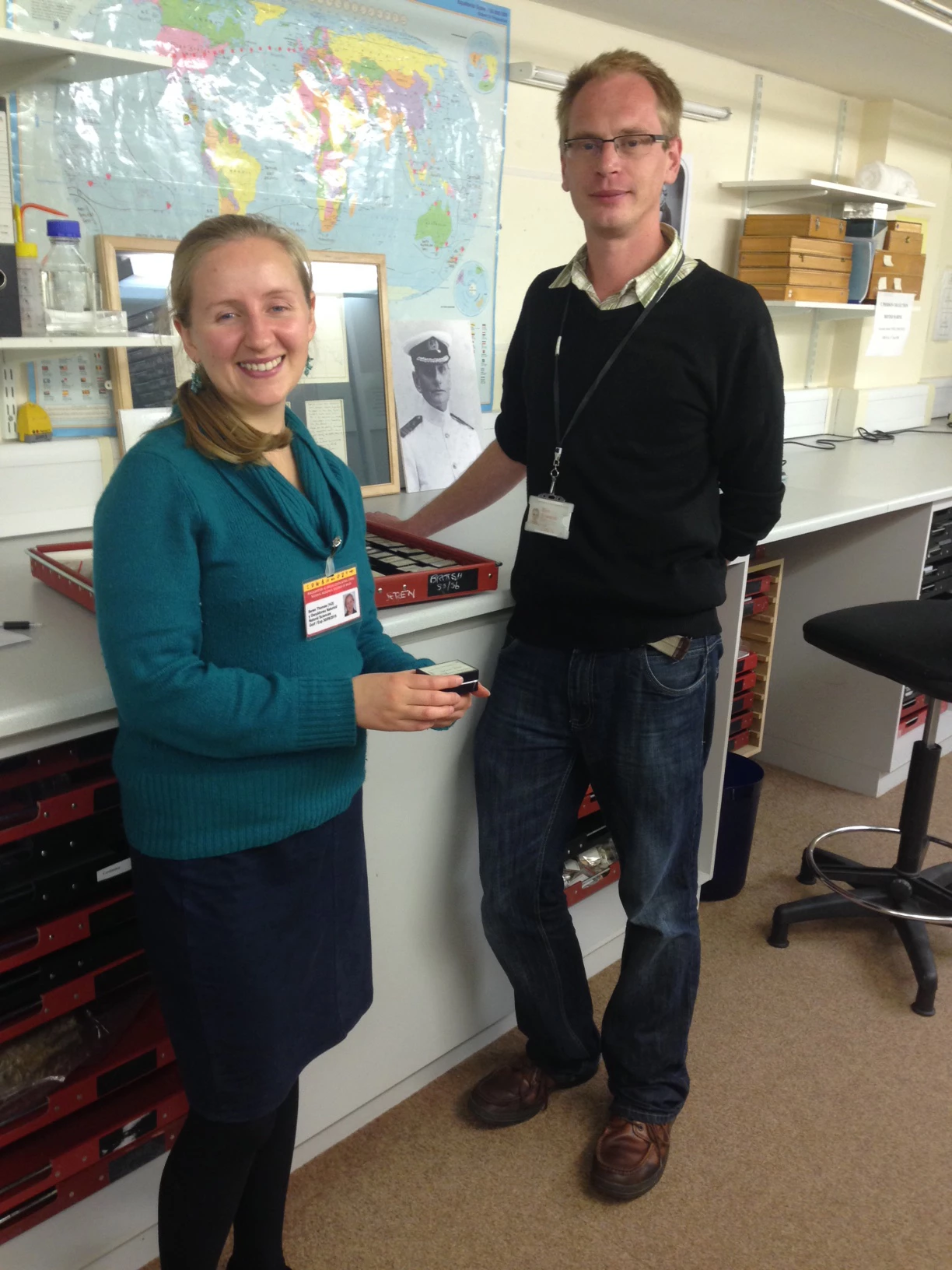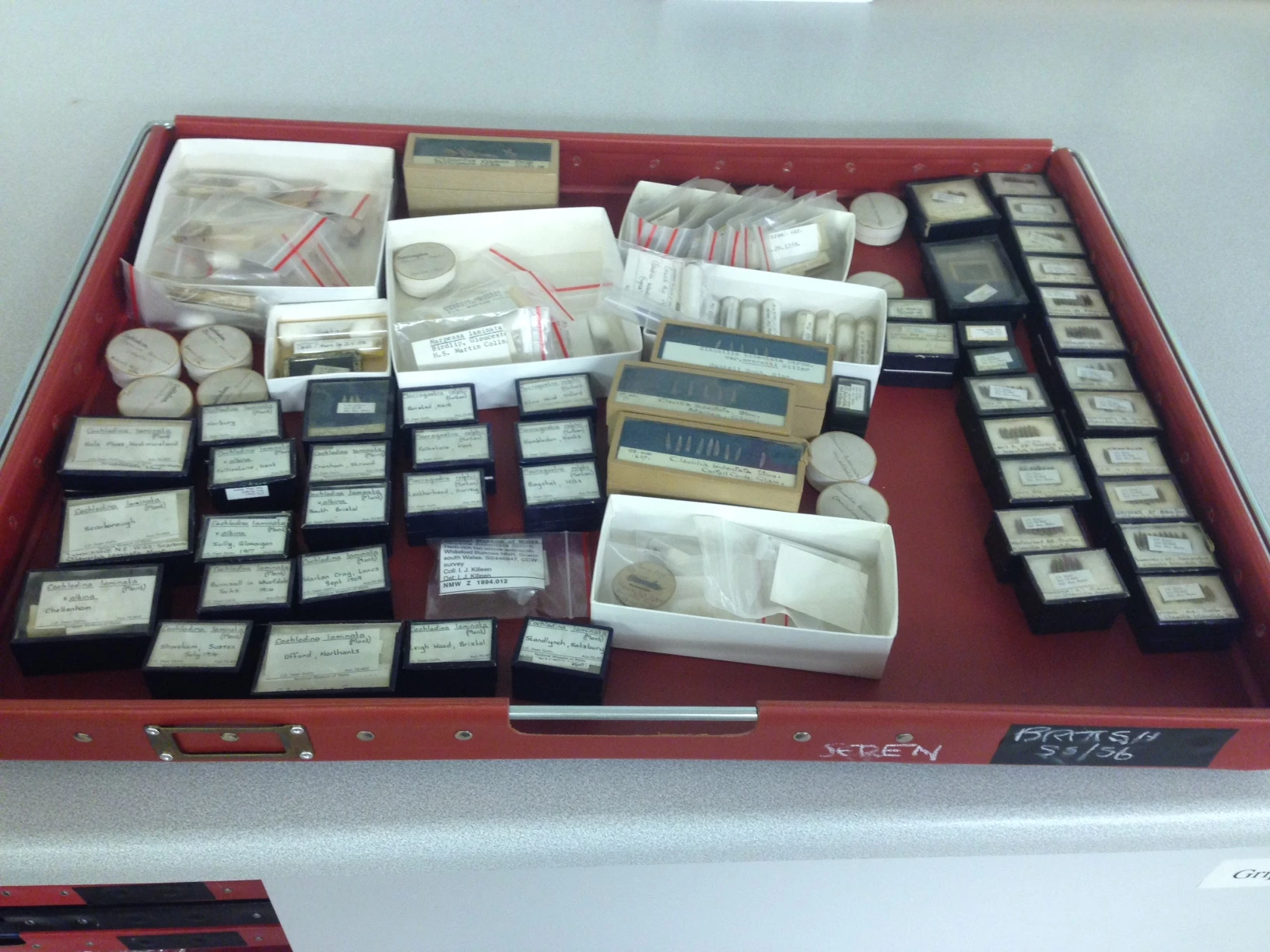Re-visiting no smoking policies to include non-tobacco replacement products.
AC-NMW has recently banned the use of e-cigarettes from its galleries. E-cigarettes are considered a less harmful version of conventional cigarettes – do they really need to be banned from museums?
What's the problem?
An electronic cigarette, also known as an e-cigarette, is an electronic inhaler that vaporizes a liquid solution into an aerosol mist, simulating the act of tobacco smoking. E-cigarettes use a rechargeable battery to power the vaporizer.
Many people use e-cigarettes as a way of quitting smoking and while this is deemed a positive development, the act of using an e-cigarette does look like smoking which is disconcerting to other people. Users of e-cigarettes should be sensitive to the impression that using the substitute may give to others. For example, there are questions surrounding the appropriateness of smoking e-cigarettes in public, especially around children.
Smoking ordinary cigarettes violates established museum policies and therefore, for the sake of consistency, the use of e-cigarettes has been prohibited at AC-NMW on health and safety grounds (and in line with existing legislation covering smoking in public places) since May 2014.
In addition, there are good conservation reasons against ‘vaping’ in museums. Electronic cigarettes work in a similar way (with a chemical carrier, such as propylene glycol, nicotine and a cocktail of flavouring chemicals) to scent and smoke machines that historic houses and museums have rejected in the past to protect collections from damage.
What is the effect on museum collections?
What does the science say about the effects of e-cigarettes? A summary report recently reviewed 29 studies on the chemistry of e-cigarettes and found that refill solutions and aerosols contain nicotine, tobacco-specific nitrosamines (TSNAs), aldehydes, metals, volatile organic compounds (VOCs), flavours, solvent carriers and tobacco alkaloids (Cheng 2014). However, not all of those chemicals are necessarily emitted by a user exhaling vapour from an e-cigarette. In fact, the average nicotine concentration in e-cigarette vapour is considerably lower than the amount found in tobacco smoke (Czogala et al. 2013).
In addition, e-cigarette vapour does not appear to contain some of the other toxic products found in cigarette smoke. VOCs, including acetone and formaldehyde, are seemingly not emitted at all (Czogala et al. 2013), or at levels considerably lower than from conventional cigarettes (Schripp et al. 2013) – the slightly different results depend on the analytical methods used. Crucially, acetic acid is emitted by e-cigarettes (Schripp et al. 2013).
Acetic acid is very problematic in museum galleries and collections stores. Airborne acetic acid leads to destructive corrosion of metals and minerals, including calcitic bivalve shells and fossils. And while the levels emitted by each individual e-cigarette may be small, many museum conservators and curators have first-hand experience at dealing with damage caused by airborne indoor pollutants.
Pre-cautionary principle applies in museums
We have a duty to maintain our fantastic heritage, and to care for the collections of Wales to ensure their continued and future preservation. It is best to put the objects first and limit the chemical and aerosol exposure of museum collections by prohibiting the use of both conventional and e-cigarettes in museums.
References
Cheng, T. 2014. Chemical evaluation of electronic cigarettes. Tobacco Control 23: ii11-ii17.
Czogala, J., Goniewicz, M.L., Fidelus, B., Zielinska-Danch, W., Travers, M.J., Sobczak, A. 2013. Secondhand exposure to vapors from electronic cigarettes. Nicotine & Tobacco Research, doi:10.1093/ntr/ntt203.
Schripp, T., Markewitz, D., Uhde, E., Salthammer, T. 2013. Does e-cigarette consumption cause passive vaping? Indoor Air 23: 25-31.

